Featured Resource
Why Over Half of California School Districts Trust SchoolStatus
Read More >Join Mission: Attendance to reduce chronic absenteeism in 2025-26! >> Learn How <<

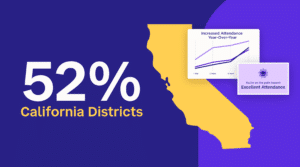

Learn about this charter network’s process of automation that allows educators, students, and families to participate and access information.
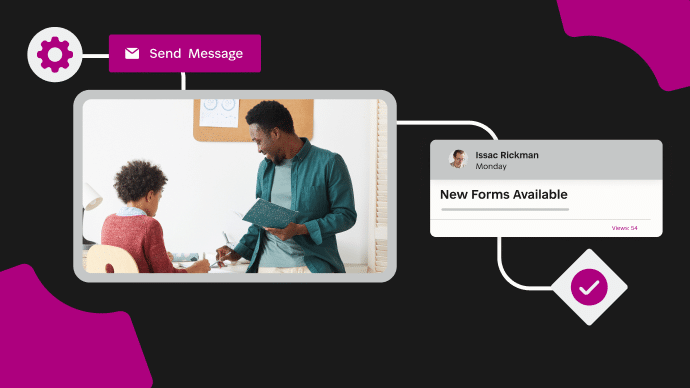
Connecting educators and families in a streamlined and impactful fashion over a two-location charter school network is of paramount importance to the School of Arts and Sciences (SAS).
Known for its innovative practices, SAS adopted a new digitized process for forms and operations that enhanced family engagement, increased efficiency, and boosted fundraising efforts.
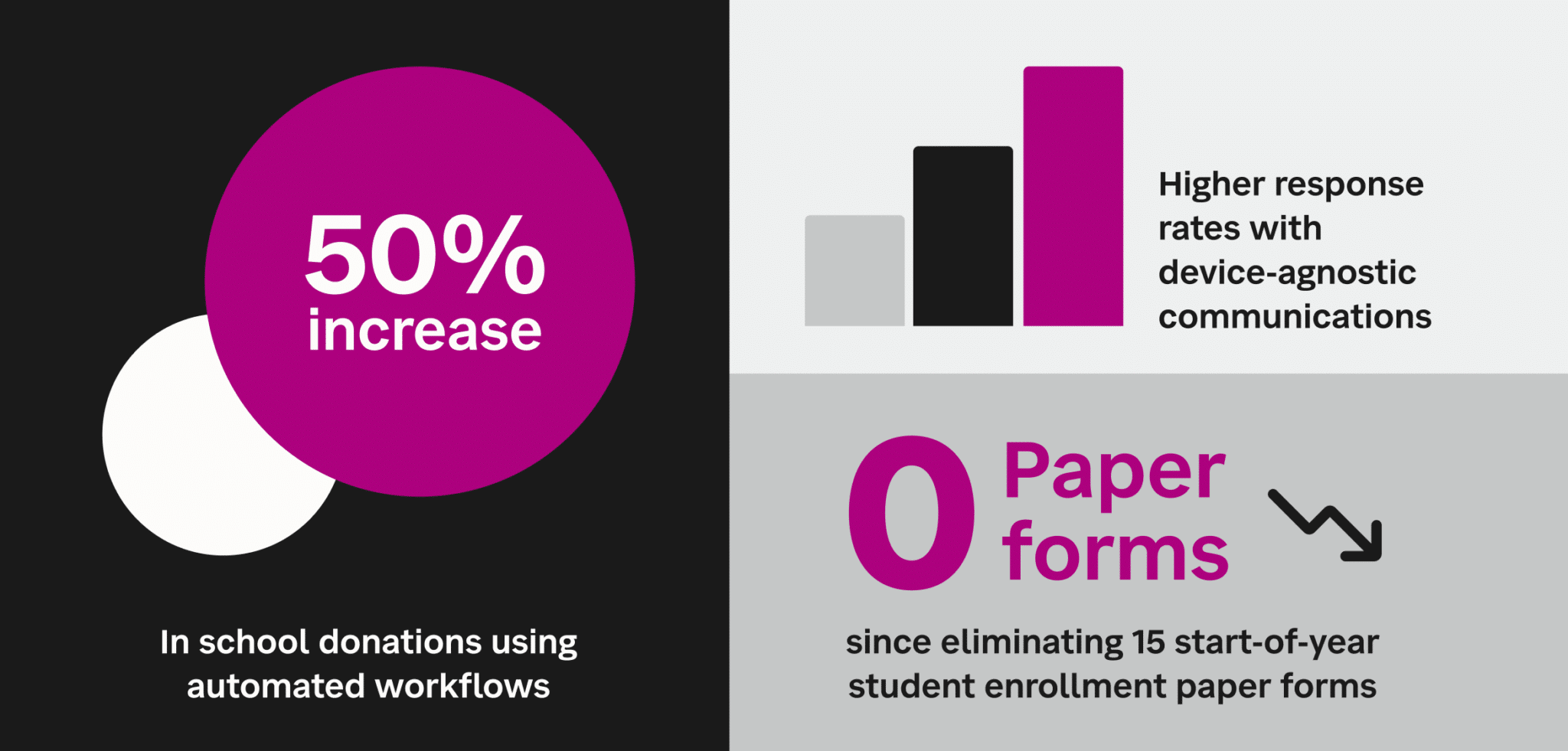
The School of Arts and Sciences’ Finance Manager Karen Burns understands the frustrations of confusing, time-consuming manual school processes as both a school administrator and a parent.
As a parent with four children who attended SAS over the years, Burns felt overwhelmed by the sheer volume of paperwork. “The repetitive and manual nature of these school processes, particularly at the start of a new academic year, seemed ridiculous,” said Burns. “I remember thinking to myself, ‘There must be an easier way to share and submit information to the school.’”
Then, in her role as a school administrator, Burns suffered the effects of a flawed and outdated system. “Tracking paper forms, and the associated manual workflows, is time-consuming and inefficient.”
When SAS opened its second charter school in 2015, increased demand plagued its already overburdened operational practices.
“I quickly realized that, as our own two-school district, there was a real need to revamp our paper-based and people-reliant operational processes,” said Burns.
Burns sought out and implemented a number of work-arounds and tools, which had varying degrees of success. Ultimately these tools came up short or were quickly outgrown.
Burns’ search led her to SchoolStatus Forms & Flows in January 2020. “We knew we wanted to digitize our forms, workflows and processes across our two schools, but it was difficult to find a platform that could meet the breadth of our mission,” said Burns.
“When we began discussions with [SchoolStatus Forms & Flows], we soon realized that it was the only solution that could both fit within our budget and manage everything we needed it to—from digital multi-language school forms to staff approvals, student registration and onboarding, field trip management, integrated payments processing, student medical data capture and verification—and more.”
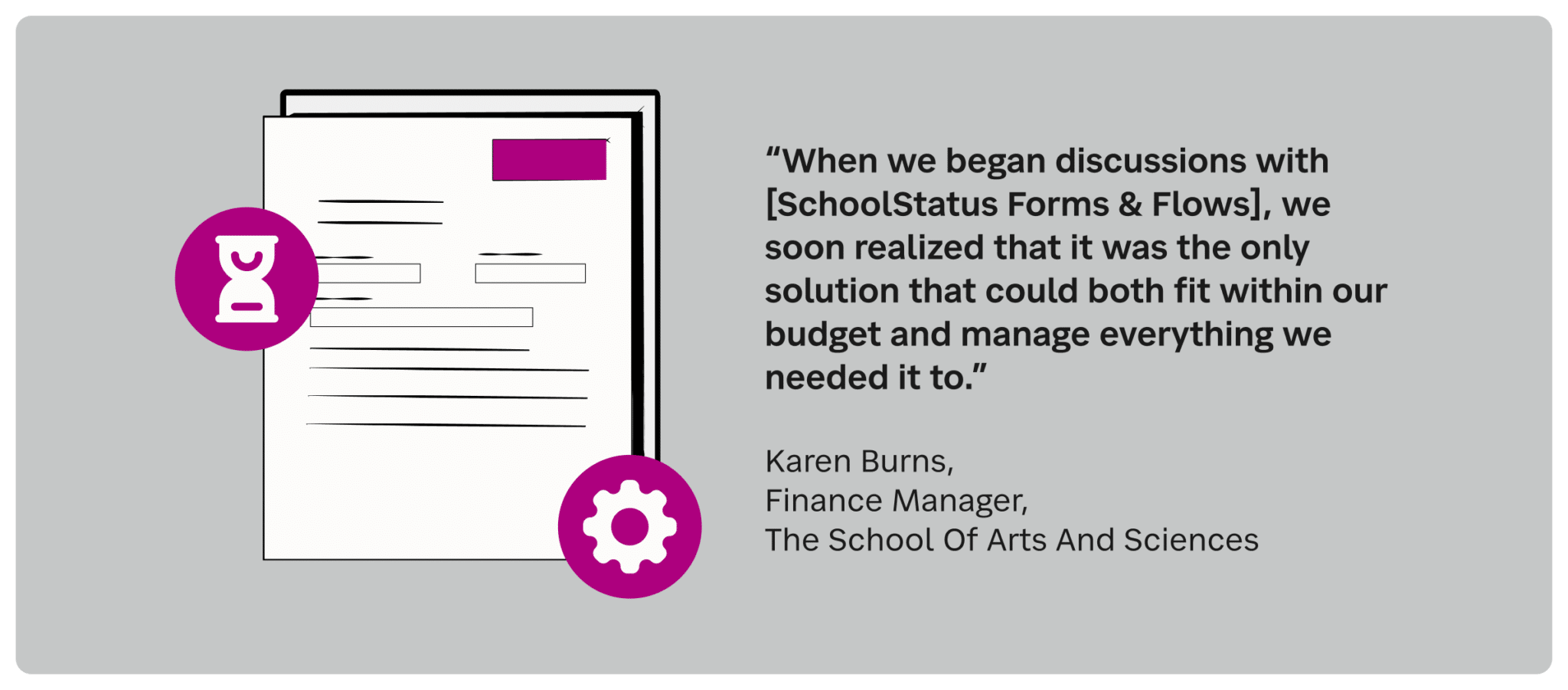
SAS’s digitization mission began as a quest to reduce the need to manually manage ad-hoc physical payments and collect verified online signatures from parents. But, as Burns and her colleagues started to realize what was possible, the charter network’s process automation agenda became far more expansive.

“Today, we’ve used [SchoolStatus Forms & Flows] as the backbone to automate many of our major financial-, request- and consent-based processes for parents and staff across both schools,” said Burns.
Educators, students, and families need to be able to participate in processes and access information from anywhere, anytime, and from any device. Plus, the nature of the pandemic meant that last-minute changes were regular and required a level of flexibility and timeliness, which were not possible with face-to-face interactions.
“Everything had to be done online, and we needed a new form type, permission capture and workflow process for all of it—all of which needed to be digitally managed,” said Burns.
“For example, we had to obtain parental permission from students with learning disabilities to participate in online classes. We also used [SchoolStatus Forms & Flows] to administer our testing schedule and survey to all students.”
“Without [SchoolStatus Forms & Flows], I’m not sure how we would have managed this process but, with it, we set up what we needed in 10 minutes and started receiving responses five minutes later,” said Burns. “Now that we know what’s possible, there’s no way we’re going back to how things used to be, even after the pandemic is firmly behind us. Our digital way of operating is definitely the new normal.”
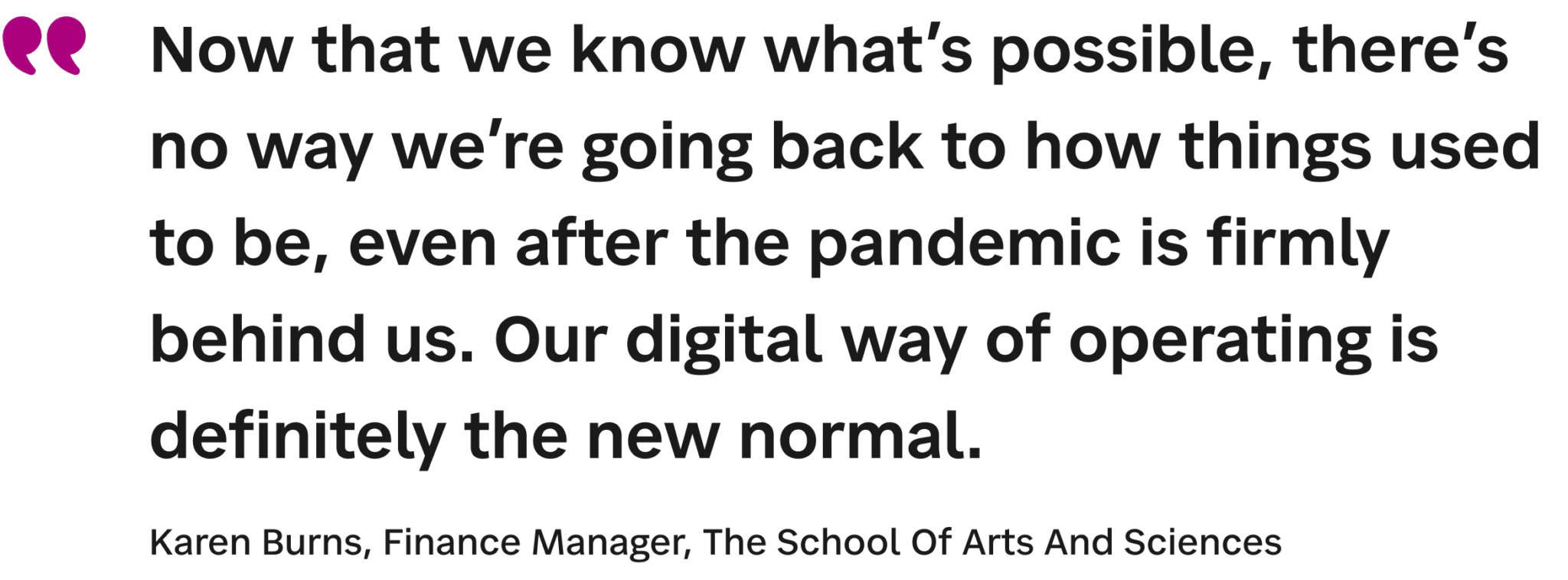
With that confidence, Burns digitized the charter network’s routine paper processes and forms, from Staff Payroll Forms to Free and Reduced Lunch Forms.
Burns identified a number of key factors that made the digital version of these forms, workflows and processes more efficient and easier to manage. “[SchoolStatus Forms & Flows] allows us to define a series of automated actions—such as instantly sending eForms, communications or adding members to certain groups—based on data received or time-based thresholds. We can eliminate all the subsequent things that need to happen in any of our operational workflows—like chasing missing or incomplete information, distributing subsequent forms and documentation, beginning new request or approval processes and more.”
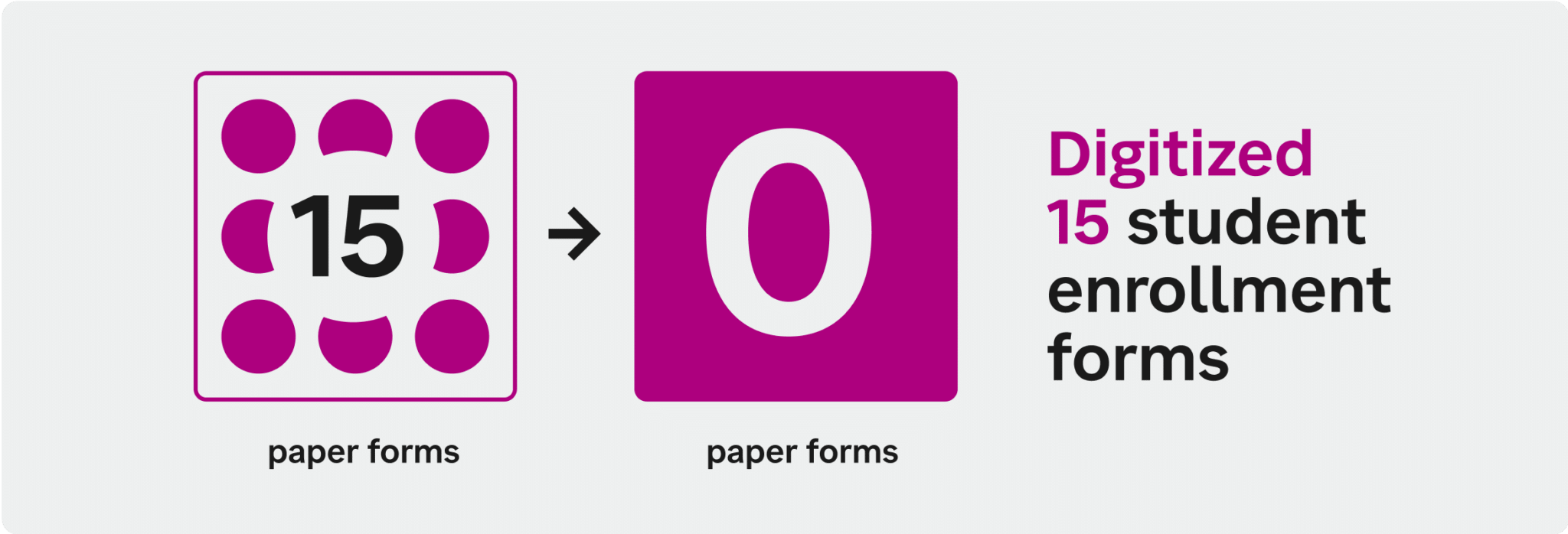
Additionally, Burns pinpointed mobile accessibility as critical to simplifying information dissemination and collection. “When we distribute a form or request a piece of communication now, we know that all recipients can instantly view and respond to it on their device of choice. Not only is it a big benefit to be able to push information to staff and families on their cell phones, authorized users can also proactively look-up data, documents and details. This is particularly useful for accessing student medical information, which means staff can act quickly and accurately in an emergency situation.”
When it comes to results, there is one key outcome that Burns and the SAS team are particularly proud to share. “One of the initiatives we run to raise additional funds for SAS schools is what we call Program Enhancement Contribution—donations to improve the quality and breadth of experiences we can offer students,” said Burns.
Prior to using SchoolStatus Forms & Flows, the program required constant management to log and track donations and follow-ups. The SAS network would often employ an additional resource to help oversee the cumbersome process. By digitizing every aspect of the donation program with SchoolStatus Forms & Flows, the SAS network went from collecting $20,000 per school during the drive to $60,000 in the first two months.
By taking the initiative to introduce a powerful digitization system that streamlined operations and better aligned administrators, staff, and families, the School of Arts and Sciences was able to supercharge imperative initiatives such as student admissions, fundraising efforts, and HR requirements.
Freeing school staff and families from time-consuming and confusing manual data entry has skyrocketed levels of family participation throughout the SAS community, leaving everyone excited, engaged and… relieved!
To learn more about digital forms and workflows that can improve your district’s operational efficiency, contact our team.

Ready to learn more about our suite of solutions?
